Best Golang Books to Buy in December 2025

Mastering Go: Leverage Go's expertise for advanced utilities, empowering you to develop professional software


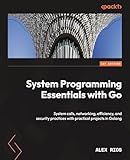
System Programming Essentials with Go: System calls, networking, efficiency, and security practices with practical projects in Golang


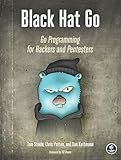
Black Hat Go: Go Programming For Hackers and Pentesters
- MASTER GO PROGRAMMING FOR HACKING AND PENTESTING SKILLS!
- HANDS-ON TECHNIQUES FOR REAL-WORLD CYBERSECURITY APPLICATIONS.
- COMPREHENSIVE PAPERBACK GUIDE FOR ASPIRING CYBERSECURITY EXPERTS.


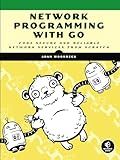
Network Programming with Go: Code Secure and Reliable Network Services from Scratch


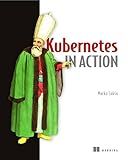
Kubernetes in Action


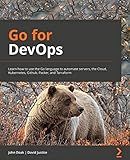
Go for DevOps: Learn how to use the Go language to automate servers, the cloud, Kubernetes, GitHub, Packer, and Terraform



Powerful Command-Line Applications in Go: Build Fast and Maintainable Tools


Concurrency is a critical component in modern programming languages, enabling efficient multitasking and effective resource utilization. Among the many languages, Go, also known as Golang, is particularly renowned for its robust concurrency model. As we leap into 2025, understanding how Go handles concurrency continues to be essential for developers looking to build efficient and scalable applications.
Understanding Concurrency in Go
Go's approach to concurrency is built into the language's core through goroutines and channels. Unlike traditional threading models, Go offers a simpler, more elegant solution that is easy to implement yet highly efficient.
Goroutines: Lightweight Threads of Execution
Goroutines are functions or methods that run concurrently with other goroutines in the same address space. They are lightweight compared to traditional threads and can be easily spawned using the go keyword. The runtime handles multiplexing goroutines onto multiple OS threads, making concurrent execution efficient and scalable.
// Example of a simple goroutine
go func() {
fmt.Println("Hello from a goroutine!")
}()
Channels: Safe Communication
One of Go's standout features is its channel-based communication mechanism. Channels allow goroutines to communicate with each other safely and without explicit locks or condition variables. In essence, channels provide a way to send and receive values between goroutines.
// Example of a channel
messages := make(chan string)
go func() { messages <- "ping" }()
msg := <-messages
fmt.Println(msg)
The Evolution of Concurrency in Go
As of 2025, Go has undergone several iterations to enhance its concurrency model. These updates aim to improve performance and provide developers with more tools to handle complex concurrency patterns. Recent updates have focused on optimizing the goroutine scheduler, further improving the language's capability to handle millions of concurrent goroutines effortlessly.
Context and Cancellation
With the introduction of the context package, Go made it easier to manage the lifecycle of goroutines, particularly in long-running services. Cancellation and timeout policies have become an integral part of controlling concurrent execution effectively.
Selecting the Right Go Books
Understanding concurrency requires both theoretical knowledge and practical application. When selecting a Go programming book, especially for concurrency, consider these factors:
-
Author Expertise: Ensure the author has considerable experience with Go, particularly in concurrency.
-
Practical Examples: Look for books that offer practical examples and exercises to reinforce learning.
-
Updated Content: Choose books that cover the latest features in Go, including concurrency advancements.
-
Comprehensive Coverage: The book should provide an in-depth explanation of Go's concurrency model, beyond just goroutines and channels.
Additional Learning Resources
Explore additional resources to cement your understanding of Go's concurrency:
- Golang map sorting for enhanced data handling.
- Discover more about the Golang defer keyword for better resource management.
- Dive into more Golang tutorials.
Conclusion
Go's concurrency model is one of its most powerful features, setting it apart from many other programming languages. As you delve into Go in 2025, the continued evolution of its concurrency capabilities will ensure it remains a top choice for building efficient, scalable applications. Understanding and leveraging Go's goroutines and channels are vital for any developer looking to maximize the performance and efficiency of their applications.
